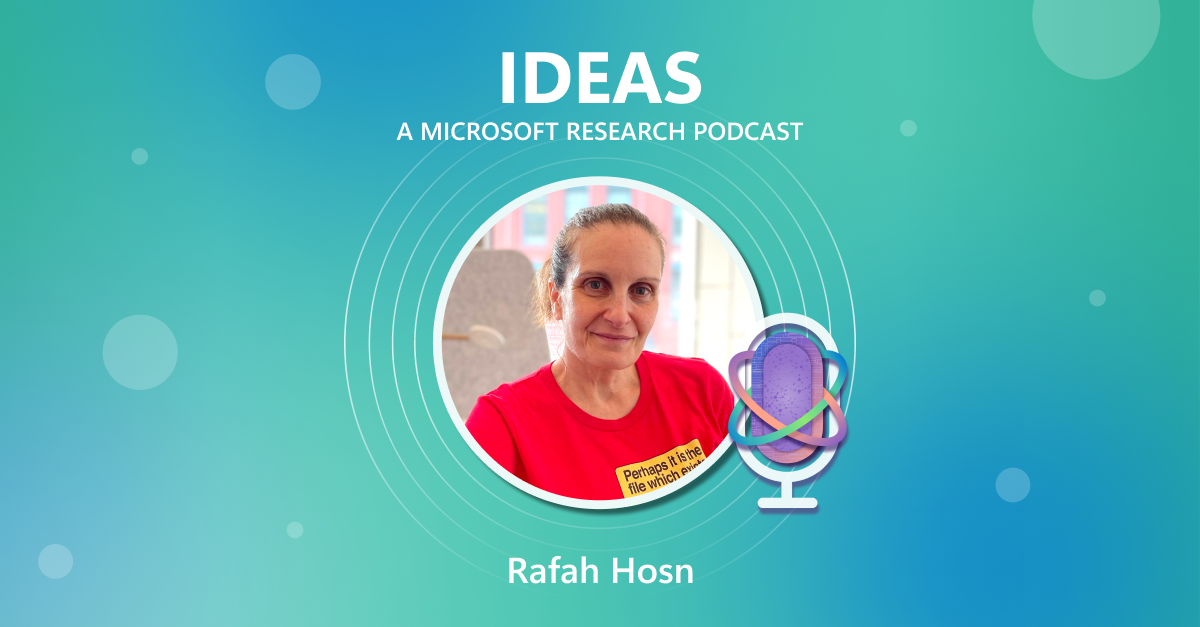 Innovations in wireless networking technology are driving our increasingly connected world, with smartphones gaining acceptance for both professional and private use. In the future, we foresee a vast majority of smartphone apps relying on cloud services to enhance the mobile experiences. Project Hawaii, a research and academic outreach program by Microsoft Research, envisions the next generation of mobile experiences to rely heavily on cloud services—with services being a natural extension of the mobile platform.
Innovations in wireless networking technology are driving our increasingly connected world, with smartphones gaining acceptance for both professional and private use. In the future, we foresee a vast majority of smartphone apps relying on cloud services to enhance the mobile experiences. Project Hawaii, a research and academic outreach program by Microsoft Research, envisions the next generation of mobile experiences to rely heavily on cloud services—with services being a natural extension of the mobile platform.
New Cloud Services
Today, the Hawaii project team announced the release of two new cloud services: the Relay Service and the Rendezvous Service.
- The Hawaii Relay Service provides a relay point in the cloud that mobile applications can use to communicate. It provides an endpoint naming scheme and buffering for messages that are sent between endpoints. It also allows for messages to be multicast to multiple endpoints.
- The Hawaii Rendezvous Service is a mapping service from well-known human-readable names to endpoints in the Hawaii Relay Service. These names may be used as stable rendezvous points that can be compiled into applications.
Ideas: Exploring AI frontiers with Rafah Hosn
Energized by disruption, partner group product manager Rafah Hosn is helping to drive scientific advancement in AI for Microsoft. She talks about the mindset needed to work at the frontiers of AI and how the research-to-product pipeline is changing in the GenAI era.
In the next month, the Hawaii project team will release additional cloud services, prominent among them are the Optical Character Recognition (OCR) in the Cloud and Speech to Text. We will be talking more about these in the future.
University Engagement
A key part of Project Hawaii is university engagement. We have partnered with universities worldwide to empower students to develop their own novel cloud-enhanced mobile apps. We provide the tools, services, and equipment that students need to create their mobile apps; students provide the imagination and talent. The Hawaii offering consists of a set of innovative cloud services, and Microsoft’s newest mobile platform: Windows Phone 7. Project Hawaii participants also have access to both computation and storage in the cloud by using Windows Azure.
In the semester that started in August 2010, Project Hawaii was used in a spectrum of mobile computing courses at both the undergraduate and graduate levels, with approximately 60 students participating at six schools: Michigan State University, Singapore Management University, University of Arkansas, University of California Santa Barbara, University of Maryland, and University of Michigan. By using a combination of services, students developed cloud-enhanced mobile apps to address a large number of interesting and important scenarios. A sampling of these projects is available at the Project Hawaii student project webpage.
In the semester that started in January 2011, Project Hawaii is being offered to 20 universities worldwide. These include Stanford University, Purdue University, Duke University, University of Illinois at Urbana Champagne, University of Minnesota, University College London, University of California Santa Barbara, and University of Leipzig. For more details, see the Project Hawaii website.
Learn More
For more information about Project Hawaii, please see these resources:
- Project Hawaii website
- Project Hawaii Facebook page
- Examples of fall 2010 student projects
- Contact us to learn more about Project Hawaii
—Arjmand Samuel, Research Program Manager, the External Research division of Microsoft Research

